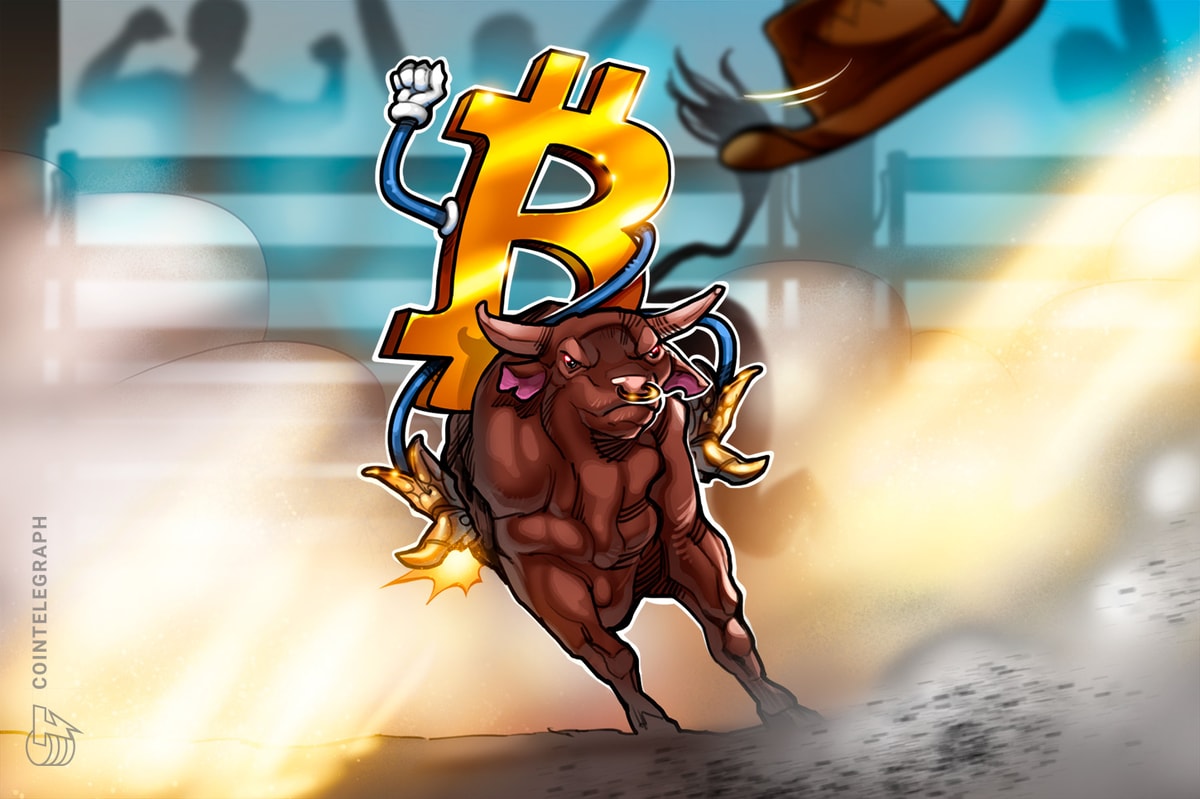Crypto token supplies explained: Circulating, maximum and total supply
2 min read
A cryptocurrency’s maximum supply is the total number of tokens that will ever be mined, and it is usually defined when the genesis block is created.
Bitcoin’s maximum supply is capped at 21 million, and although anything is possible, its strict protocol and code are built so that no more BTC can ever be mined. Other cryptocurrencies do not have a maximum supply but may have a cap on the number of new coins that can be minted with a specific cadence, like in the case of Ether.
Stablecoins, on the other hand, tend to keep the maximum supply constant at all times to avoid a supply shock that could affect and fluctuate the price too much. Their stability is guaranteed by collateral reserve assets or algorithms created to control supply through the burning process.
Algorithmically-backed coins are designed to maintain a stable price, but they have drawbacks as they are vulnerable to de-pegging risks. Also, non-algorithmic stablecoins like Tether may risk de-pegging, as happened in June 2022, showing that even coins that should provide more certainty may be at risk.
The other two metrics — circulating and total supply — also affect a token’s price, but to a lesser extent than the maximum supply. When a cryptocurrency hits maximum supply, no more new coins can ever be created. When that happens, two main results are produced:
- The cryptocurrency becomes more scarce and as a result, its price may increase if demand exceeds supply;
- Miners have to rely on fees to get rewards for their contributions.
In the case of Bitcoin, the total supply gets cut in half through a process called the halving, so it is calculated that it will reach its maximum supply of 21 million coins in the year 2140. Although Bitcoin’s issuance increases over time through mining and is therefore inflationary, block rewards are cut in half every four years, making it a deflationary cryptocurrency.




